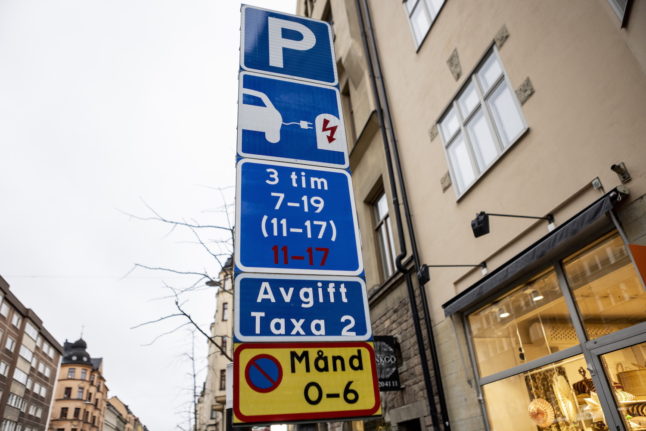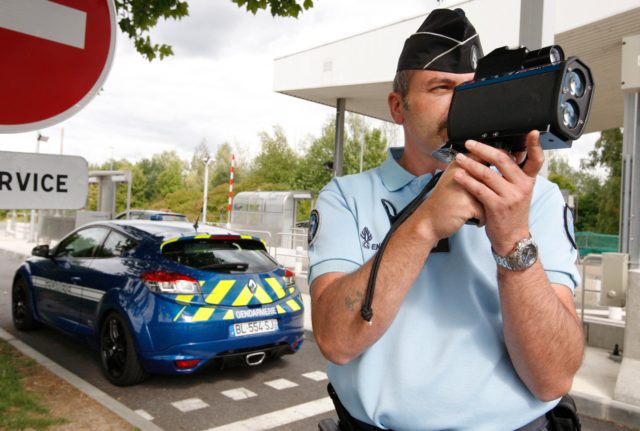From early next year, Stockholm city council will hike the price of resident parking permits in the city centre by 500 kronor a month, while lowering charges for tradespeople and deliveries across the city.
The city’s leadership, made up of the Social Democrats, Left Party and Green Party, has decided to raise resident parking charges from February 1st, 2024 for both cars and motorbikes, in order to increase the number of empty parking spots in the city centre.
“The point of parking charges is to make sure there are always a certain number of empty parking spaces,” transport councillor Lars Strömgren said in a statement.
“That means drivers don’t have to drive around searching for a spot. Unfortunately, inflation has slowly eroded the fees and lessened the traffic-managing effect.”
“In order to make it easier to get around the city centre, we need to raise the fees for resident parking.”
From February, residents in zones 2 and 3, which includes Kungsholmen, Vasastan, Södermalm, City and Gamla stan, will have to pay an extra 500 kronor a month for car parking permits, or 125 kronor a month for motorcycles.
“It’s a noticeable difference, but it’s worth pointing out that resident parking is a very significant discount compared with the usual price of on-street parking,” Strömgren said.
The fees for nyttoparkeringstillstånd, which are often used by companies with service vehicles or delivery vehicles which only have to park for short periods at a time, will be lowered by 2,500 kronor a year, with the maximum parking time extended from two to three hours.
“We’re prioritising vehicles which have the most difficulty in finding an alternative,” Strömgren said. “Most people who live in the city centre can easily replace a car journey with cycling or public transport. For people who rarely use their car, it makes more sense to have it parked in a garage. A tradesman who relies on a big service vehicle doesn’t have the same opportunity to avoid parking on the street.”
New fees from February 1st
Resident parking for cars in zones 2 and 3 will increase from 1,100 kronor to 1,600 kronor per month, and 75 to 90 kronor per day.
Resident parking for motorbikes in zones 2 and 3 will increase from 275 to 400 kronor a month, and 18.75 to 22.50 kronor per day.



 Please whitelist us to continue reading.
Please whitelist us to continue reading.
Member comments